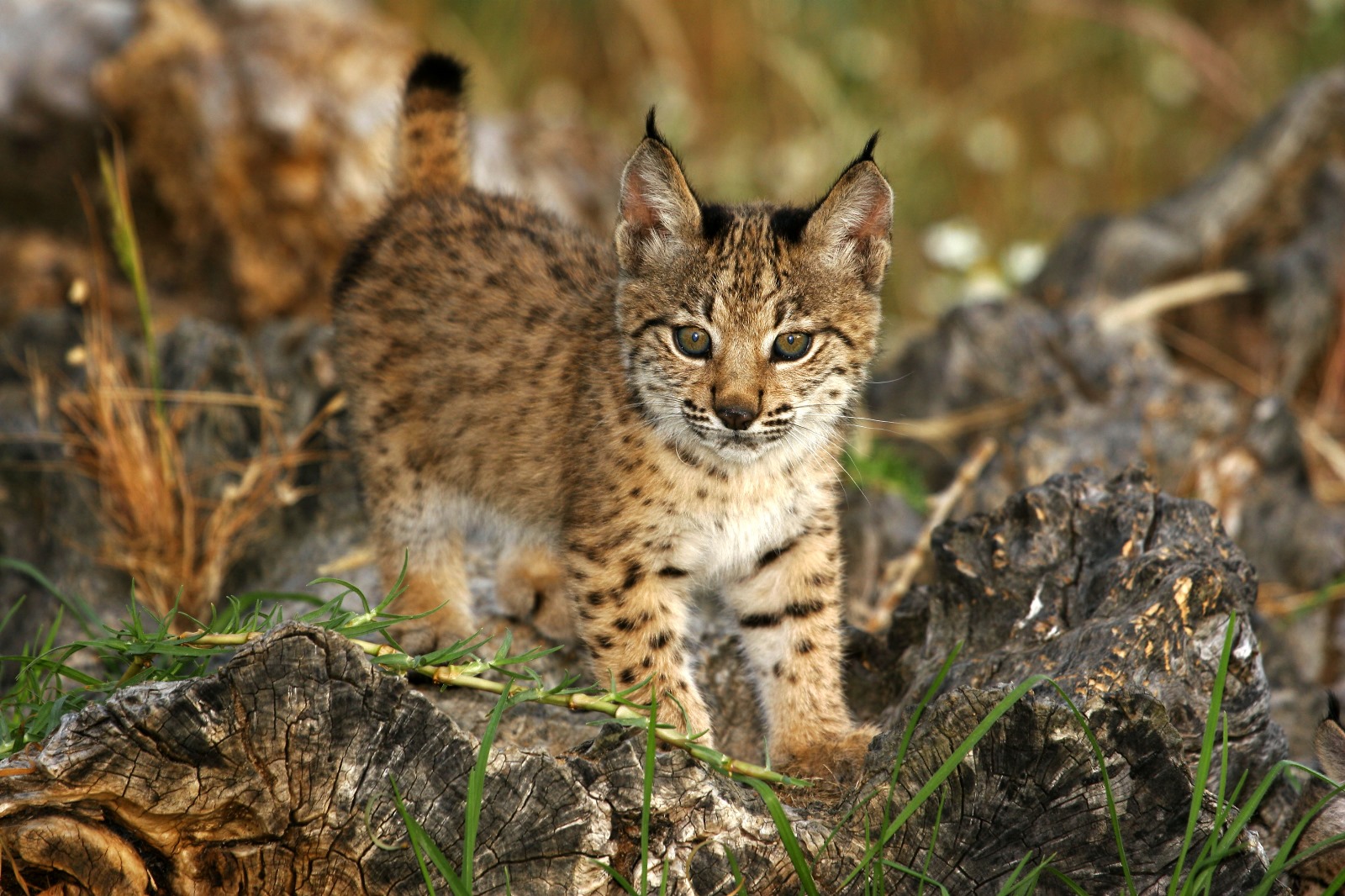The lynx population continues to expand, both numerically and territorially. There are now 14 different geographical areas where the species reproduces and new areas of stable presence in the Murcia region and in the provinces of Albacete, Badajoz, Toledo and Ciudad Real. The population trend is positive and has continued since 2015, which allows us to remain optimistic about the reduction of the risk of extinction of the Iberian lynx. In a period of about twenty years, the population has increased from less than 100 individuals counted in 2022 to more than 2,000 in 2023. And in recent years the increase has been even more striking, as the total population in 2020 amounted to 1,111 and three lynx years later, almost 900 additional individuals were added to the Iberian population.
The technical report drawn up within the Iberian Lynx Working Group in Spain and Portugal, composed of the competent environmental administrations, can be consulted on the MITECO website.
The Iberian lynx has passed the 2,000 mark
The recovery of the population of Iberian lynx (Lynx pardinus) in the Iberian Peninsula It represents one of the best examples of conservation actions for endangered species in the world and has been made possible thanks to the coordinated efforts of both the relevant public authorities and interested industry entities, private property owners and managers and society in general.
The financial contribution from the Spanish and Portuguese governments and the European Union, through the LIFE programhave been critical to carrying out monitoring and research work and improving survival, reproduction and habitat improvement rates.
The ex situ conservation programme, which includes captive breeding and reintroduction of specimens, has also been a key role in the recovery of the Iberian lynx (Lynx pardinus) in the Iberian Peninsula. It has been carried out under fruitful cooperation and coordination between the Portuguese and Spanish authorities, formulated within the framework of the Memorandum of understanding for the development of a single coordinated action program for the implementation of the Conservation strategy for the Iberian lynx in Spain.
Captive breeding represents a very important economic effort for the authorities that have covered these costs with their own resources, namely the ICNF of Portugal in the Silves breeding center, the Junta de Andalucía in the center of La Olivilla (Jaén) and the MITECO. National Parks Autonomous Organization in the centers of Zarza de Granadilla (Cáceres) and El Acebuche (Huelva).
Since the first introduction of captive-born individuals into the natural environment began in 2011, 372 have been reintroduced by 2023. Iberian lynx (Lynx pardinus) in the Iberian Peninsula. The reintroduction areas initially selected for the release of lynx, namely Vale do Guadiana in Portugal, Guarrizas and Guadalmellato in Andalusia, Montes de Toledo and Sierra Morena Oriental in Castilla-La Mancha, and Matachel in Extremadura, have been included in the latest new reintroduction areas which have been approved by the Iberian Lynx Working Group after verifying compliance with the ecological and social requirements to address reintroduction.
For example, the centers of Sierra Arana in Andalusia, Valdecañas-Ibores and Ortiga in Extremadura, Tierras Altas de Lorca in the Murcia region and Campos de Hellín in Castilla-La Mancha have already released and established specimens of the Iberian lynx. Other corridor areas also stably host lynx, either through the release of captive-born individuals or through natural settlements of wild individuals of Iberian lynx (Lynx pardinus)in the provinces of Seville, Toledo or in the Cabañeros National Park.
The number of areas selected for reintroduction is expected to increase in the coming months and years, reflecting the interest of various autonomous communities in assessing the suitability of the restoration of the Iberian lynx (Lynx pardinus) in the Iberian Peninsula.

